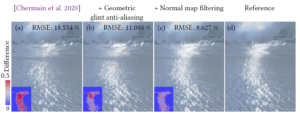Importance Sampling of the Micrograin Visible NDF
EGSR 2025 (CGF)
Simon Lucas, Romain Pacanowski, Pascal Barla

A micrograin formalism for the rendering of porous materials
Thesis
Simon Lucas
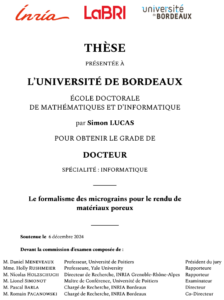
A Fully-correlated Anisotropic Micrograin BSDF Model
Siggraph 2024 (ACM TOG)
Simon Lucas, Mickaël Ribardière, Romain Pacanowski, Pascal Barla
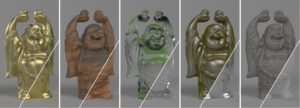
A Micrograin BSDF Model for the Rendering of Porous Layers
Siggraph Asia 2023 (Conference Track)
Simon Lucas, Mickaël Ribardière, Romain Pacanowski, Pascal Barla
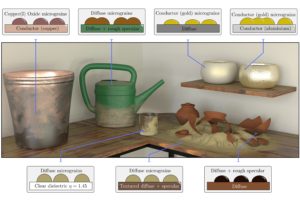
(Fr) Analyse Numérique de Modèles de Matériaux Poreux
JFIG 2022
3rd Best Paper Award
Simon Lucas, Romain Pacanowski, Pascal Barla
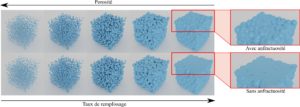
Real-Time Geometric Glint Anti-Aliasing with Normal Map Filtering
i3D 2021
Xavier Chermain, Simon Lucas, Basile Sauvage, Jean-Michel Dischler and Carsten Dachsbacher
